
Wide Dynamic Technology
Arecont Vision's wide dynamic technology is now available in the MegaDome® 2, MegaBall™, MegaVideo® Compact and SurroundVideo series.
- Correct exposure is vital for useful footage from a surveillance camera. Mixed shadow and bright light in the same scene is challenging for standard surveillance cameras.
- Security applications often require placing security cameras in areas with difficult lighting conditions.
Where to Consider Using WDR?
- Areas where the subject is positioned against strong back lighting; such as a glass storefront facing sunlight.
- Areas where there are abrupt changes in illumination; like doors opening from dark interiors to outside illumination.
What is Wide Dynamic?
- Traditionally CCD and CMOS cameras have had difficulty getting good exposure in scenes with extremely bright and dark elements. Backlight compensation (BLC) was developed to improve exposure balance in these kinds of scenes. However because BLC focuses on balancing the overall exposure of the entire scene this technology still has problems with scenes involving elements of both indoor and outdoor lighting in the same shot. The result is usually a good indoor exposure and over exposed outdoor shot, good outdoor exposure and under exposed indoor scene, or unsatisfactory exposure of all elements within the scene.
- Arecont Vision cameras support creation of a custom exposure reference area within an image. This is an advanced form of customizable backlight compensation so will have many of the same limitations as other BLC methods if the application really calls for wide dynamic technology.
- Wide dynamic range (WDR) cameras use a different type of technology than BLC.WDR cameras achieve a good overall exposure of the image by capturing two exposures one short and one long. The two exposures are then combined to produce a single shot with good overall exposure.
- Applications with scenes where WDR technology is usually called for are garages with outdoor street scenes in the image and dark interiors, warehouses with large doors facing outside and dark interiors, building lobbies with large glass walls or windows facing outside southern exposures or very dark interiors.
- Dynamic range is the ratio of maximum signal to the minimum signal output of the sensor – measured in decibels (dB). Most standard sensors ranges 60dB to 70dB, wide dynamic typically range 70 to 100dB and up. The wider the dynamic range, the better a sensor can accurately capture varying light intensity and improve details visible within a given field of view. WDR enables the camera to deliver video with improved exposure in the harshest lighting conditions.
Applications for Wide Dynamic:
A few applications where a WDR camera will improve video quality,
- Entrances where sunlight is a factor
- Parking garages
- Warehouses and loading docks
- Hotel, office, and retail lobbies with glass fronts
- Cameras positioned near lights due to low clearance or mounting restraints
Wide Dynamic for All Applications?
Is Wide Dynamic technology advisable for all megapixel surveillance applications?
No, while ideal for improving extreme exposure scenes there is no additional benefit in normal illumination performance. There are also tradeoffs, in balanced and low illumination scenes standard Arecont Vision cameras will provide the better quality image compared to WDR.
Comparisons: Sample Shots With and Without WDR:
By comparing the same shots from WDR and non-WDR cameras, you can clearly see the benefit of WDR in some situations. Usually, non-WDR shots have exposure issues when there are abrupt changes in illumination. Either the bright area is overexposed or the dark area is underexposed. WDR technology balances light and darkness in the same scene.
No WDR/WDR Dark & Bright
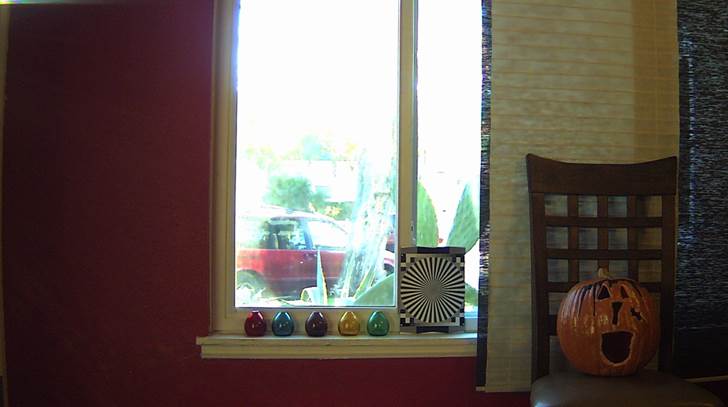
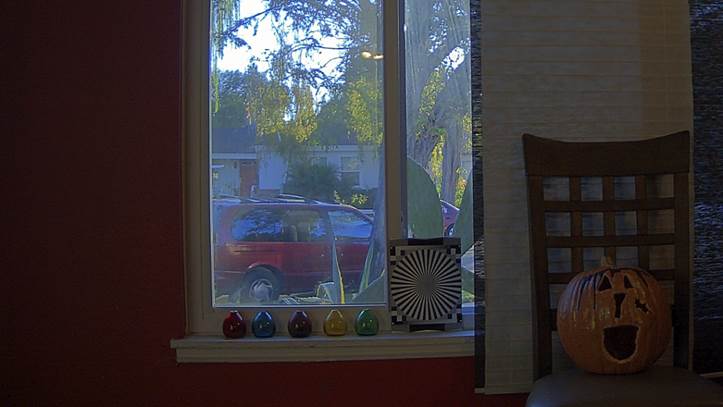
No WDR/WDR Garage
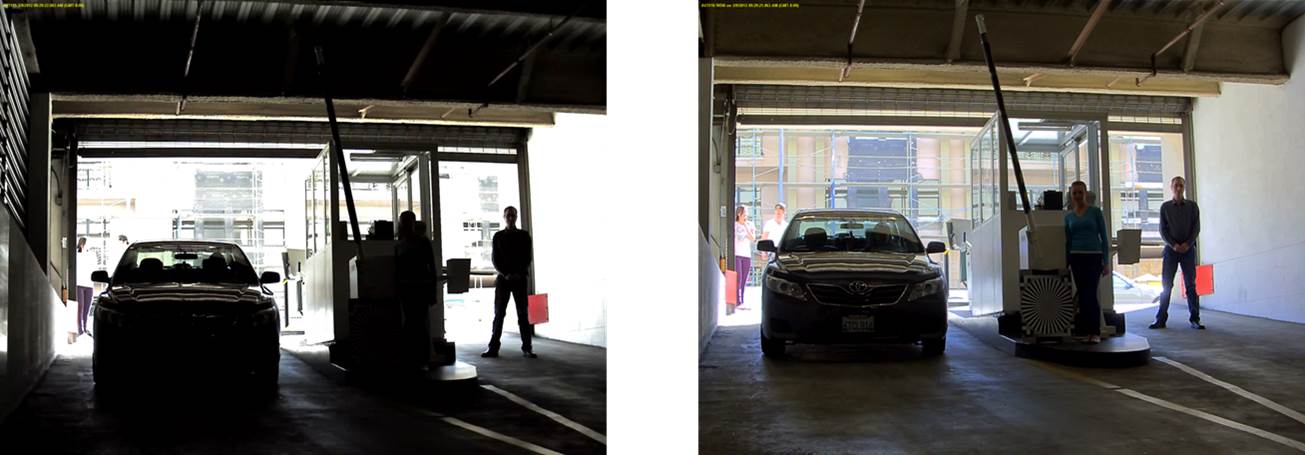
WDR: Arecont Vision vs. Competition
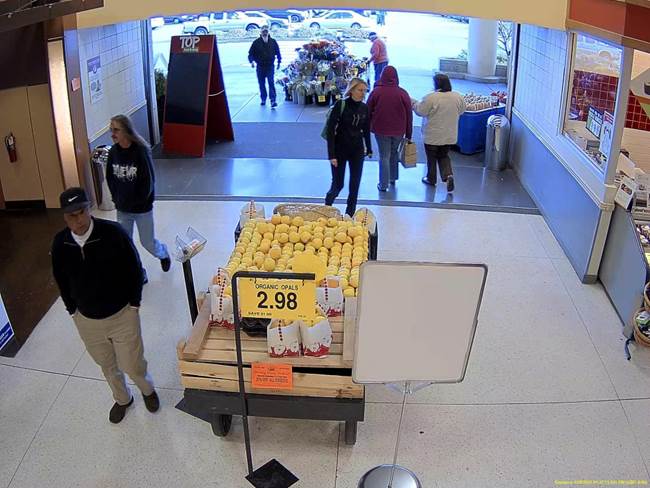

12-Megapixel WDR Panoramic (WDR&Non-WDR Sample shots)
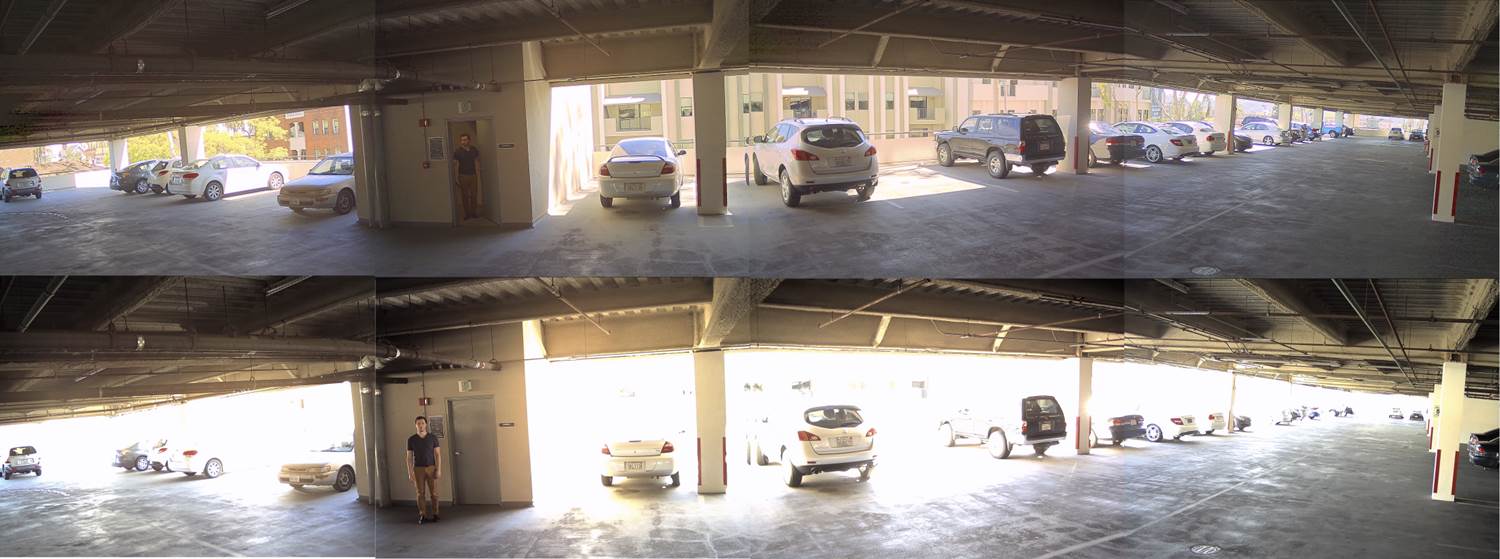
Customer testing in the lobby with south and east facing glass windows
Click Download for the PowerPoint.






